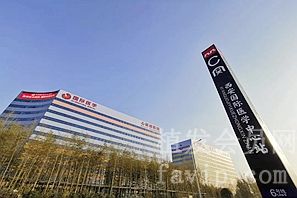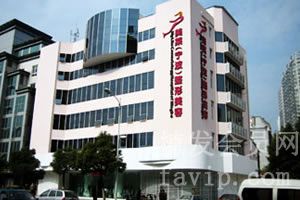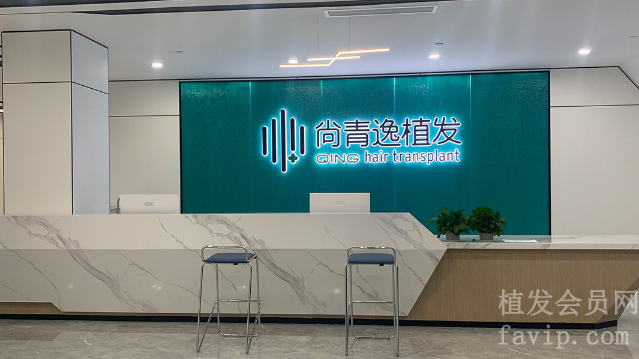Long-lasting hair transplantation has become a popular solution for people who suffer from hair loss or baldness in Changsha. However, there might be a concern for those who have undergone hair transplantation and found that there are not enough hair follicles in the occipital region. In this article, we will discuss what can be done in such a situation and provide some valuable information related to pregnancy and childbirth.
First of all, it is essential to understand why there might be a shortage of hair follicles in the occipital region after hair transplantation. The occipital region, also known as the back of the head, is the primary donor area for hair transplantation. It usually contains a substantial number of healthy hair follicles that are resistant to hair loss. However, excessive harvesting of hair follicles from this area or improper transplantation technique can lead to a scarcity of viable hair follicles in the occipital region.
If a person finds that there are not enough hair follicles in the occipital region after hair transplantation, there are a few options that can be considered. One option is to undergo another hair transplantation procedure to harvest additional hair follicles from other donor areas, such as the sides or the back of the scalp. This can help supplement the insufficient hair follicles in the occipital region and achieve a more satisfactory result.
However, it is important to note that multiple hair transplantation procedures can put additional strain on the scalp and may not be suitable for everyone. It is crucial to consult with a qualified and experienced hair transplant specialist who can assess the individual's specific situation and provide the most appropriate recommendation.
In some cases, if the scarcity of hair follicles in the occipital region is not severe, other non-surgical options can be explored. For example, using hair loss products or medications recommended by a dermatologist may help slow down hair loss and promote hair growth in the affected area. However, it is crucial to consult a healthcare professional before using any hair loss products or medications, especially for pregnant women.
Speaking of pregnancy, it is important to mention that hair transplantation procedures should be avoided during pregnancy. Pregnancy is a delicate period, and undergoing any form of surgery, including hair transplantation, can pose potential risks to both the mother and the developing baby. It is always recommended to wait until after childbirth and breastfeeding to consider any surgical procedures, including hair transplantation.
During pregnancy and childbirth, hormonal changes can also lead to temporary hair loss or thinning. This condition, known as postpartum hair loss, is a natural process and tends to resolve on its own within a few months after giving birth. It is essential to stay patient and take good care of the hair and scalp during this time, following a healthy diet, managing stress levels, and using gentle hair care products suitable for postpartum hair.
In conclusion, if there is a scarcity of hair follicles in the occipital region after hair transplantation in Changsha, additional hair transplantation procedures or non-surgical options can be considered based on an individual's specific condition. However, it is always crucial to consult with a qualified healthcare professional, especially during pregnancy, to ensure the safety and well-being of both the mother and the baby. Additionally, it is important to understand that hair loss and changes in hair growth are common during pregnancy and childbirth and tend to resolve naturally over time.







